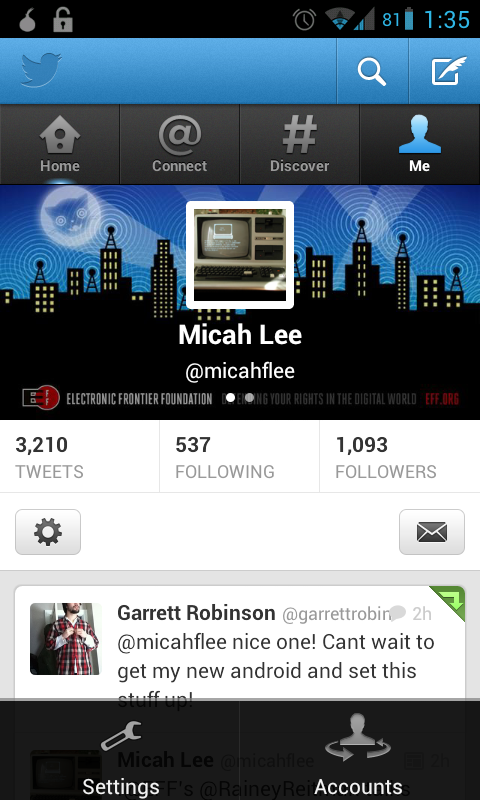
To make things simple, we will use create -react -app to set up our React-based client. Scaffolding a React ApplicationĪs the first step, let's scaffold our React client application. So, let's start coding and discover how the Server-Sent Events standard works. However, one can easily replace this mechanism with more realistic ones on production-ready applications. In our demo application, we are going to simulate the flight state changes using scheduled events. Through this real-time app, we can find the flight arrival timetable and, after implementing Server-Sent Events, we will see automatically updates when the state of flights change. The timetable app will consist of a simple web page showing a list of flights as shown in the following picture:
Real android web server how to#
In order to learn how to use Server-Sent Events, we are going to develop a simple flight timetable application (similar to those flight trackers you can find at any airport). Building a Real-Time App with Server-Sent Events So, let's take a look at how to use Server-Sent Events in a realistic application. That is, we can continue to use the standard HTTP protocol. We don't even need any complex and strange protocol. This may suggest using that annoying polling we'd implement to get the progress status from a long server processing but, thanks to SSE, we don't have to implement polling to wait for a response from the server. The answer is yes! We can achieve that by using Server-Sent Events (which is also known as SSE or Event Source), a W3C standard that allows servers to push data to clients asynchronously. But, can we make our servers send data to clients at any time without explicit requests? The typical interactions between browsers and servers consist of browsers requesting resources and servers providing responses.
Real android web server code#
Such a device is not going to be accessible with that IP address - yet more code would be required to make the device and the WebServer running on it truly online.Tweet This Introducing on Server-Sent Events Many devices connect to the (3G) internet using Network Address Translation (NAT) and share a common IP address. One or two old and no longer maintained non-Android libraries with lots of problems/bugs but nothing that could be easily converted into a B4A library.Įven if Erel and the team could create a new WebServer object there could still be problems if that WebServer was required to be accessible from the internet and not just from the local device. I looked at this just a few weeks back and found no simple solution. If you launch an Intent that tries to load a KML file from the file system then the Map application will fail to load that KML - Google servers need to be able to load that KML file via the internet so that it can generate the layer to display on the map.Īn Intent with a file protocol KML file will never be rendered as the Google servers cannot retrieve the KML from the device's file system and therefore cannot convert the KML file into an overlay layer to be displayed in the Map appilication. The native Map application can be started with an Intent specifying a URL to a publically accessible KML file. What we need is an alternative to the file system and the file protocol (file:///) for web apps that use features that are not supported when a webpage is loaded using the file protocol.Īnother use that i would make use of is where i have device generated KML file and want to display that KML using the device's native Map application.


Imagine an Apache webserver running on the device - any application can request a file from Maybe the webserver could support PHP but that's not relevant for now (and would require a very bloated library).Ī simple WebServer that has a root folder property and once running will serve HTTP requests from that folder would be ideal. I think that what we're looking for is a WebServer object that runs on the device.


 0 kommentar(er)
0 kommentar(er)
